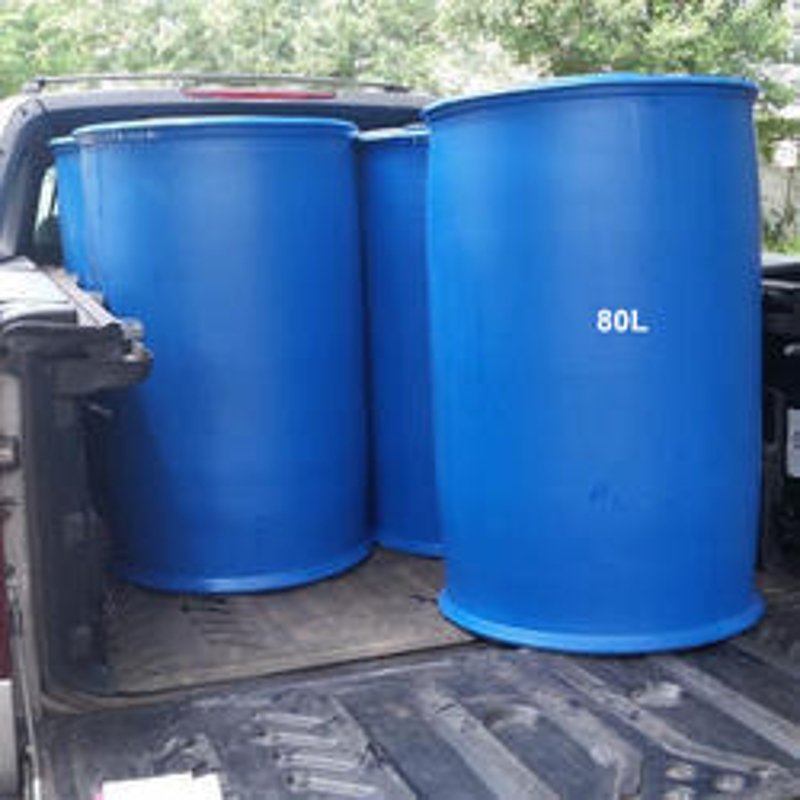-
Categories
-
Pharmaceutical Intermediates
-
Active Pharmaceutical Ingredients
-
Food Additives
- Industrial Coatings
- Agrochemicals
- Dyes and Pigments
- Surfactant
- Flavors and Fragrances
- Chemical Reagents
- Catalyst and Auxiliary
- Natural Products
- Inorganic Chemistry
-
Organic Chemistry
-
Biochemical Engineering
- Analytical Chemistry
-
Cosmetic Ingredient
- Water Treatment Chemical
-
Pharmaceutical Intermediates
Promotion
ECHEMI Mall
Wholesale
Weekly Price
Exhibition
News
-
Trade Service
New energy vehicles are gradually becoming "frequent visitors" on the road.
"my country's new energy vehicle production and sales have ranked first in the world for 6 consecutive years, with a cumulative sales of 5.
With the rapid development of new energy vehicles, there are still problems such as insufficient charging piles and difficulty in charging.
In this regard, Xiao Yaqing pointed out that the development of new energy vehicles is still in a critical period of climbing the hurdles.
New energy future: "quick charge" or "replacement"?
Around 2014 can be described as the spring of the development of new energy vehicles.
Mr.
In order to solve the problem of endurance and further compete with fuel vehicles, the new new energy vehicles that have been on the market in the past two years generally have a cruising range of more than 600 kilometers, and even the highest is approaching 1,000 kilometers.
It only takes a few minutes for a fuel car to fill up the fuel tank.
"The lack of convenience in charging seriously affects the user experience.
In addition, the imperfect fast charging technology also affects the speed of charging.
At present, it takes 40 to 60 minutes to charge fast, and 8 to 10 hours to charge slow.
" NPC deputy Zeng Qinghong, Secretary of the Party Committee and Chairman of Guangzhou Automobile Group Co.
, Ltd.
, suggested that technological innovation should be accelerated, high-power fast charging technology should be developed, national level should increase attention and overall planning, increase investment in research and development of related technologies, and encourage industry-university-research in this technical field.
Cooperation and investment.
In terms of the view of "fast charging" technology, like GAC, Tesla, SAIC, Geely and other auto companies are very consistent.
In addition to deploying "fast charging" technology to solve the problem of charging difficulties for new energy vehicles, "replacement" It is becoming a new outlet for new energy vehicles.
At present, FAW, SAIC, Dongfeng, BAIC, Geely, Weilai, Xiaopeng and other car companies are also organizing groups to deploy "replacement" technology.
"Battery swapping" refers to the method of splitting the new energy vehicle from the battery, and replacing the fully charged battery at the switch station when the new energy vehicle's power is insufficient, so that the new energy vehicle can travel on the road again.
However, new energy vehicle companies have not reached an agreement on whether to enhance the experience of new energy vehicles through "replacement".
As a representative company of new energy vehicles, Tesla believes that the charging mode is the best way to supplement energy for large-scale civilian electric vehicles.
Continuously increasing the layout of charging piles and improving charging efficiency are the best solutions to users' anxiety about charging.
"Replacement" or fast charge? The battle for the future technological evolution route of new energy vehicles has therefore arisen.
Safety and customer satisfaction are the key
In any case, the "replacement" storm is quietly starting.
On March 11, at the launch of SAIC Roewe's battery swap model and the establishment of Aodong New Energy Shanghai's battery swap service network, SAIC demonstrated the "20-second ultra-fast battery swap" process, and new energy vehicles drove onto the battery swap channel and completed positioning.
After that, the battery replacement robot starts to work and is completed within 20 seconds, and the owner can drive away the vehicle.
At the same time, BAIC announced that it has deployed more than 7,000 battery-swapping taxis in Beijing, Xiamen in Fujian, Lanzhou, and Guangzhou.
It has built 121 stations and replaced batteries for 1.
16 million times.
Yang Ye, senior vice president of Aodong New Energy, said in an interview at the press conference that currently 12 swap stations have been built in Shanghai, which basically meets the current demand for power swap taxi operations.
With the gradual deepening of the strategic cooperation between the two parties, Aodong will actively form an effective synergy between "cars" and "stations" with SAIC Passenger Cars.
It plans to build 40 new power station groups in Shanghai in 2021, reaching a total of 50 power exchange stations.
"Aodong is fully prepared to go up in the wind.
" Yang Ye said, "We firmly believe that battery swap technology will have a lot to do in the development of electrification in the automotive industry.
The deployment of battery swap services starts with the B-end operating vehicles and gradually moves towards C Promoting end-of-the-line private car users.
” It is reported that at present, Aodong’s latest power swap station has achieved 20-second extremely fast power swaps for multiple brands and models, and the entire service is completed within 1 minute.
These swap stations have been successively put into operation in 20 large domestic cities including Beijing, Shanghai, Guangzhou, Chongqing, and Kunming.
According to the 2025 strategic plan and corporate vision announced by Aodong New Energy, within 5 years, it plans to cover 100 cities across the country, operate 5,000 power exchange stations, and increase the power exchange service capacity to 2 million vehicles.
Behind the strong push of "replacement" to support enterprises, some insiders expressed concern that the current domestic charging pile construction momentum is vigorous, and new "replacement stations" will undoubtedly require more manpower and capital costs.
At the same time, it is necessary to reserve a large number of batteries in the "swap station" to replace the battery of the car.
The battery of the new energy vehicle is relatively expensive and has stability problems.
If the "swap" technology is promoted on a large scale, it must be realized between car companies.
The uniformity of battery model and "replacement" standards is 100% safe, and this requires time to verify.
Obviously, the current new energy vehicles are still in the critical stage of technological breakthroughs.
Whether it is "replacement" or "fast charging", it is necessary to ensure the absolute safety of new energy vehicles and the real satisfaction of users under a unified standard.
Scale promotion.
(Reporter Wang Xin)
Transfer from: People's Post and Telegraph







